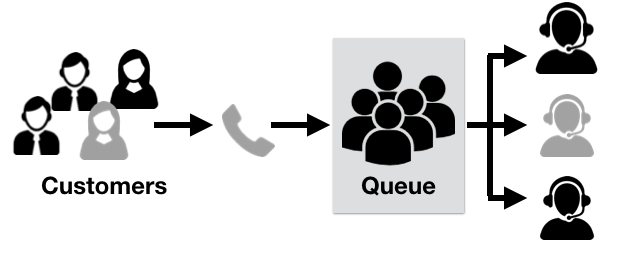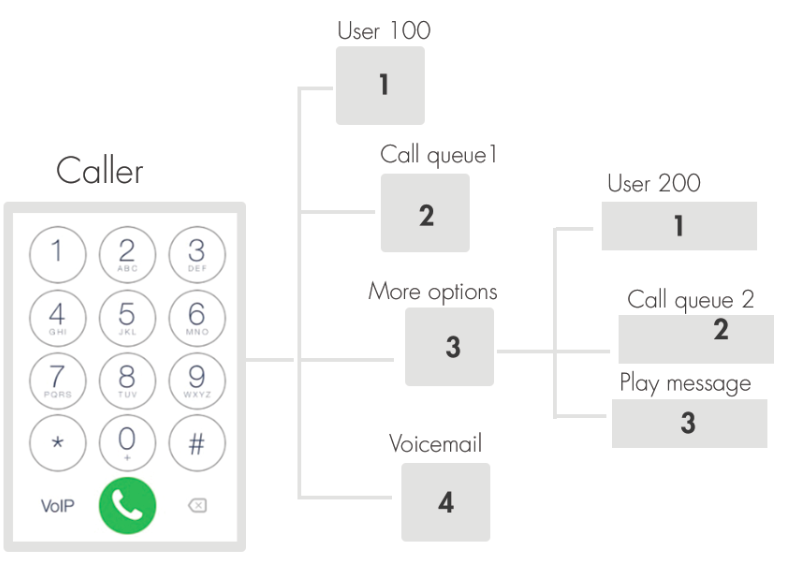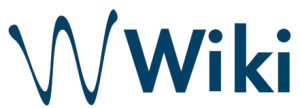Understanding VoIP and UC and how they transform Business Communications.
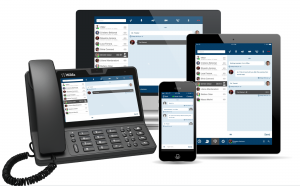
- What is Unified Communications?
- Unified Communications vs Dis-unified Communications
- Four mistakes in choosing a Unified Communications system
- Unified Communications & Collaboration benefits
If you are a business owner and you are looking to modernize your company’s phone system, you would definitely come across these two terms: VoIP, which stands for Voice over IP, and Unified Communications (UC).
Many of us are familiar with VoIP technology and how it is different from PSTN and ISDN. A VoIP PBX in contrast to a regular telephone system, offers a number of benefits. To learn more about them, read the blog article on Migration from PSTN to VoIP.
However when it comes to Unified Communications, many people still get confused, which technology or a group of technologies stands behind this buzzword?
Continue reading “What is Unified Communications (UC)”
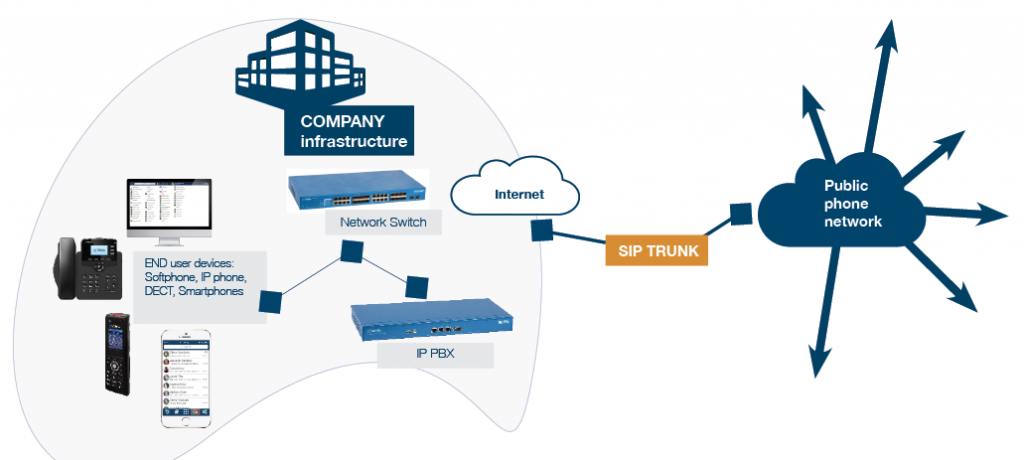 Years ago when VoIP first appeared on the scene, in the time of dial-up Internet, it was associated with poor audio quality and dropped calls. Today it is no longer a problem, thanks to the increased availability of broadband Ethernet services. Large and small companies, public administration organizations worldwide opt for VoIP, while some other enterprises are still hesitant to make the move.
Years ago when VoIP first appeared on the scene, in the time of dial-up Internet, it was associated with poor audio quality and dropped calls. Today it is no longer a problem, thanks to the increased availability of broadband Ethernet services. Large and small companies, public administration organizations worldwide opt for VoIP, while some other enterprises are still hesitant to make the move. 